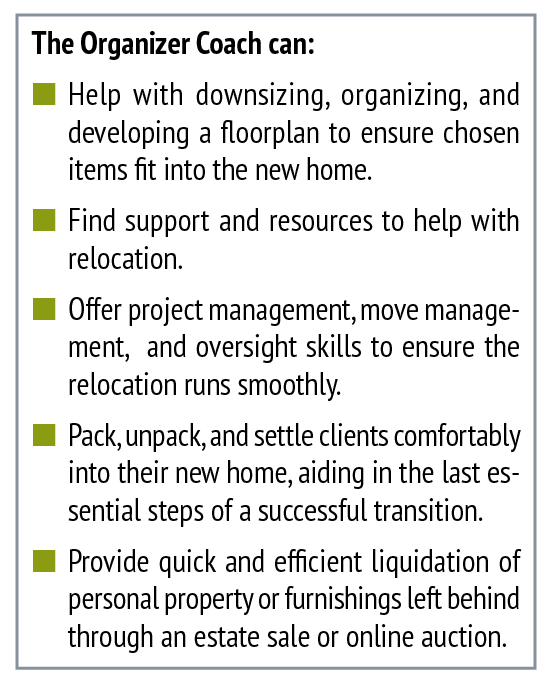Relocation Stress Syndrome: What It Is and How to Manage It

Have you or a loved one moved recently to a senior retirement home, independent living community, nursing home, or assisted living? If so, you may have noticed some emotional or behavioral changes taking place.
In 1992, the North American Nursing Diagnosis Association defined Relocation Stress Syndrome (RSS) as “physiological or psychological disturbances following transfer from one environment to another.” Symptoms may include anxiety, confusion, hopelessness, and loneliness. It usually occurs in older adults shortly after moving from a private residence to a nursing home or assisted-living facility.
In brief, RSS is a psychological failure to adjust to the changes involved with moving. It can occur before or after a move, and a person may become irritable or combative.
Anybody who’s moved in the past can understand how hard the process is. But for older adults, it’s exponentially more challenging. According to a study conducted by the American Society of Aging, nearly two out of every three adults older than 75 consider the emotional value of their home more important than the monetary value.
Moving at this stage in life creates a great deal of stress and can greatly impacts older adults’ decisions and health. In fact, the anxiety associated with moving for older adults can make the process one of the most traumatic of their lives — even more than the loss of a family or a friend.
Tracy Greene Mintz, LCSW, is a nationally recognized expert in RSS. She said the syndrome is a cluster of symptoms that can occur in anyone who moves from one environment to another, whether a child who must change schools or an adult who transfers to a new job in a new city. When individuals move, and transition expertise has guided the move, distress will be minimized and ease with time.
As a Professional Organizer who is also a Certified Senior Downsizing Specialist, I understand the intricacies involved in moving. Here are some ways to minimize relocation stress:
- Be involved in the decision-making process. If a loved one is moving, involve them in the decision-making process
- Provide opportunities for exploration, questions, and honoring preferences. Allow yourself and/or your loved one to maintain control.
- Safeguard personal possessions.
- Make a video of any current home set-ups so you can replicate the new home to reflect the old one with things such as photos, memorabilia, and so on.
- Maintain daily routines as much as possible.
- Ask for help when needed! Downsizing, packing, unpacking, space planning, furniture arrangement, organizing, and more are all very challenging. The Organizer Coach offers services to help with all theses.
Everyone is different in acclimating to new home environments. However, the national average is approximately 30 days to begin feeling comfortable in a new home.
Remember, starting the moving process earlier rather than later will aid tremendously in reducing stress and anxiety.






